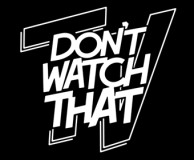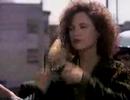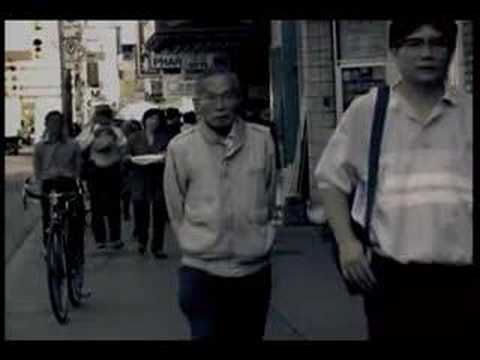


At first glance, New York-born composer Rhys Chatham might have seemed unlikely to alter the DNA of rock. A classically trained musician, Chatham was piano tuner to Glenn Gould and La Monte Young, student of Young and Morton Subotnick, protégée of Tony Conrad, and in 1971, while still in his teens, founder of the highly influential experimental music program at the Kitchen in lower Manhattan. Nevertheless, it was Rhys Chatham who first applied multiple electric guitars to the extended-duration, overtone-drenched minimalism of the 1960s. This amalgamation — of the intellectual experimentalism and textural sophistication of the avant-garde with the rhythmic brashness and visceral punch of punk rock — produced a raucous, ecstatic new type of urban music that energized the downtown New York scene of the late 1970s and early 1980s, a music whose influence can be heard in the subsequent work of the many luminaries who participated in Chatham’s ensembles, including Glenn Branca and members of Sonic Youth, Mars, Band of Susans and Swans.
A comprehensive 3-disc retrospective, An Angel Moves Too Fast to See includes all of Chatham’s major “minimal” pieces, ranging from the thunderous “Two Gongs” (1971) and the No-Wave tumult of “Guitar Trio” (1977) to the brass-based “Massacre on MacDougal Street” (1982) and the epic, previously unreleased “An Angel Moves Too Fast to See” (1989), scored for an orchestra of 100 electric guitars.
Disc One: HERE
Two Gongs (1971)
Disc Two: HERE
Die Donnergötter (1985)
Waterloo, No. 2 (1986)
Drastic Classicism (1982)
Guitar Trio (1977)
Massacre on MacDougal Street (1982)
Disc Three: HERE
An Angel Moves Too Fast To See (1989)
 Don't Watch That
Don't Watch That



